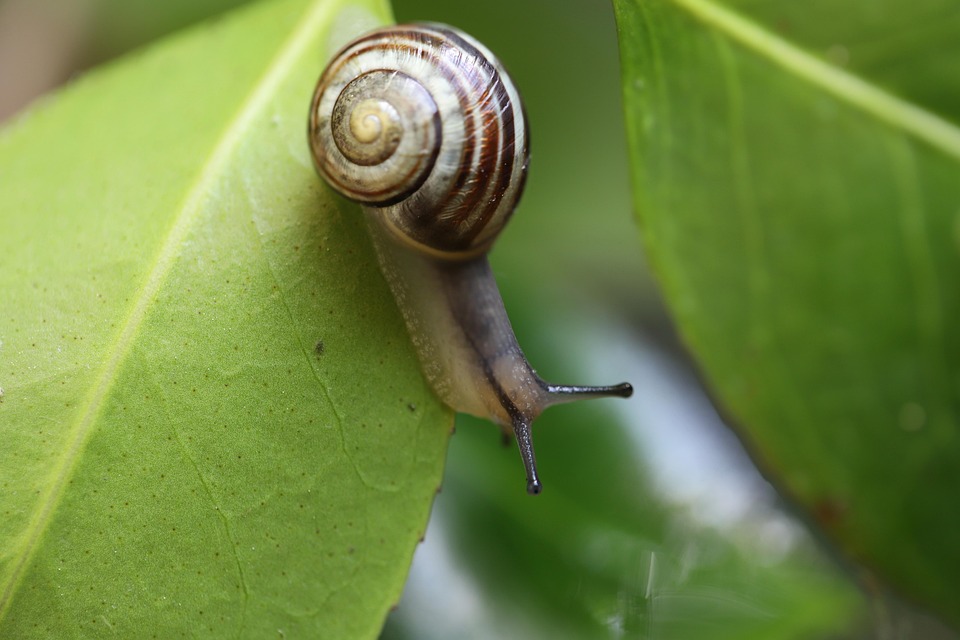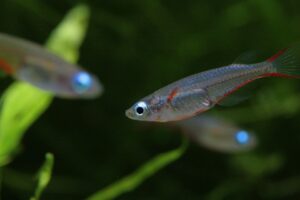
Introduction
Aquatic snails often serve as both a functional and aesthetic addition to aquariums. These fascinating creatures contribute to maintaining a balanced ecosystem by consuming algae, detritus, and uneaten food. However, while snails can be beneficial, they require specific care to thrive. This article explores essential snail care tips to optimize aquarium health, ensuring that both your snails and the overall aquatic environment flourish.
Understanding the Role of Snails in Aquariums
Snails play a crucial role in the aquatic ecosystem of an aquarium. They act as natural cleaners, helping to control algae growth and breaking down organic matter, which keeps the water clean and clear. This not only benefits the snails themselves but also improves the living conditions for fish and other aquatic organisms. Understanding their role underscores the importance of their care and maintenance.
Choosing the Right Snail Species
Selecting the right snail species for your aquarium is essential. Different species have varying requirements and behaviors. Popular choices include:
Nerite Snails
Nerite snails are renowned for their efficiency in controlling algae. They are compatible with a wide range of tank conditions and are less likely to reproduce in freshwater, preventing overpopulation.
Apple Snails
These snails are larger and add an interesting visual element to aquariums. They require specific care, such as a higher calcium diet, to maintain their shells.
Mystery Snails
Mystery snails are popular for their vibrant colors and active nature. They are easy to care for and make a great choice for beginners.
Creating an Ideal Habitat
A well-designed habitat is crucial for the health of aquarium snails. Consider the following aspects:
Water Parameters
Maintain stable water conditions by regularly testing pH, hardness, and temperature. Most snails thrive in a pH range of 7.0-8.4, with a temperature between 72°F and 78°F (22°C-26°C). Ensure that the water is adequately filtered and clean.
Substrate and Decor
Use a smooth substrate to prevent damage to the snails’ delicate bodies. Provide ample hiding spots with decorations such as rocks, caves, and plants. This not only enriches the snails’ environment but also enhances their natural behavior.
Feeding and Nutrition
Proper nutrition is vital for snail health. While they can consume algae and detritus, supplement their diet with:
Vegetables
Offer blanched vegetables like zucchini, spinach, and lettuce. These provide essential nutrients and fiber.
Calcium Supplementation
Calcium is crucial for shell health. Provide calcium-rich foods or supplements to prevent shell erosion. Cuttlebone can be added to the tank as a calcium source.
Monitoring and Maintenance
Regular monitoring and maintenance are key to ensuring a healthy environment for your snails:
Regular Observation
Observe your snails regularly for signs of stress or illness. Look for abnormalities in shell condition or behavior, such as lethargy or refusal to eat.
Water Changes
Perform regular water changes to maintain water quality. This helps in removing excess waste and toxins, creating a healthier environment for all inhabitants.
Preventing Overpopulation
Snail overpopulation can become problematic, leading to excessive waste and competition for resources. Implement these strategies to control their numbers:
Manual Removal
Regularly check for egg clusters and manually remove them to prevent hatching. This is especially important for species that reproduce rapidly.
Control Feeding
Avoid overfeeding, as excess food can lead to increased reproduction rates. Only provide the amount of food that your snails and other tank inhabitants can consume within a few hours.
Addressing Common Health Issues
Understanding common health issues can help you take prompt action to ensure snail well-being:
Shell Erosion
Shell erosion is often a result of inadequate calcium levels or poor water quality. Address this by ensuring a calcium-rich diet and maintaining optimal water conditions.
Parasites and Diseases
Watch for signs of parasites or diseases, such as unusual spots or growths on the shell. Quarantine affected snails and consult a veterinarian for treatment options.
Conclusion
Snails are a valuable addition to any aquarium, contributing to its health and beauty. By selecting suitable species, creating an ideal habitat, and providing proper nutrition and care, you can ensure their well-being and optimize the overall health of your aquarium. Regular monitoring and maintenance, along with strategies to prevent overpopulation, will help maintain a balanced and thriving aquatic environment. With these essential snail care tips, you can enjoy the benefits of a harmonious aquarium ecosystem for years to come.
#ChatGPT assisted in the creation of this article.








